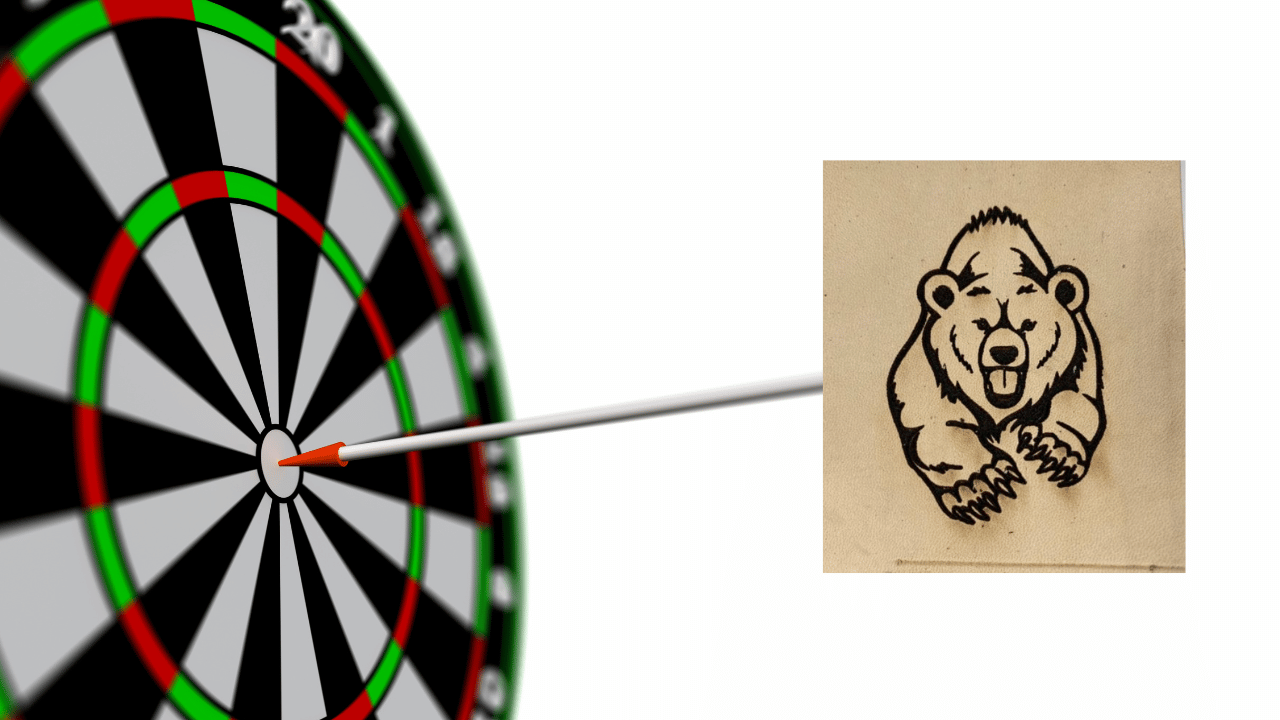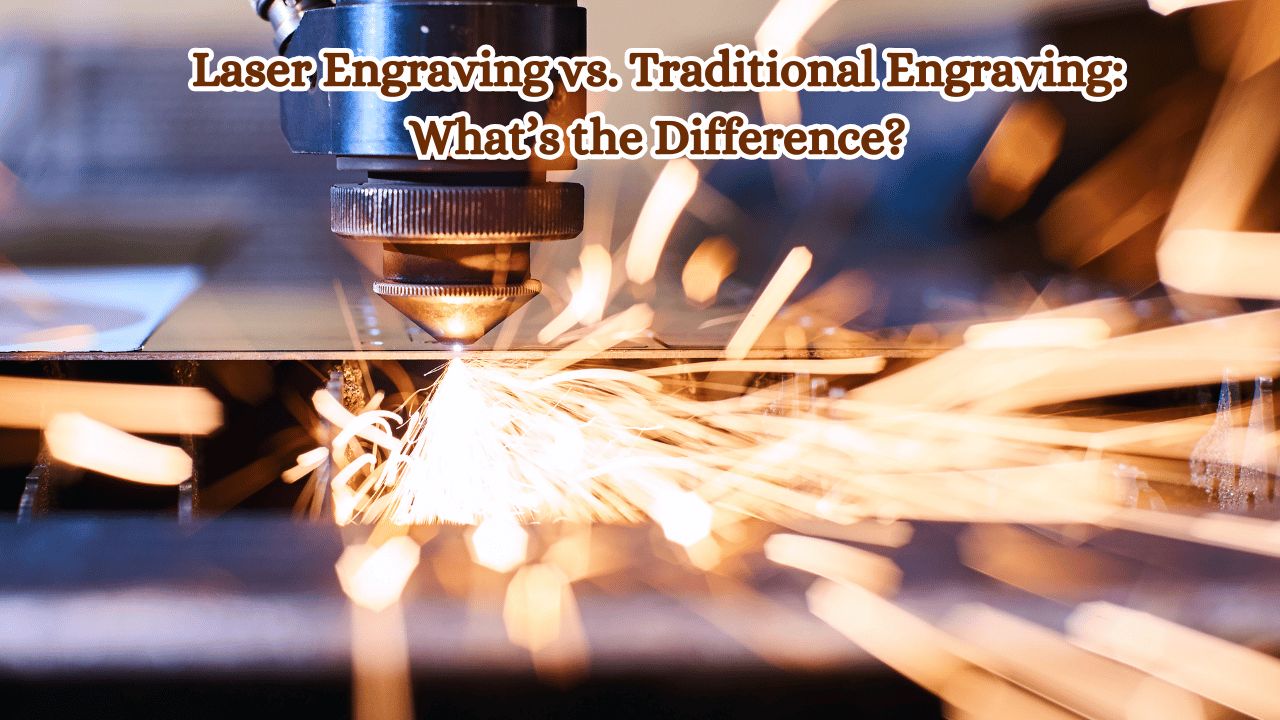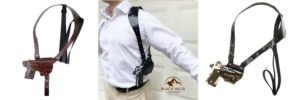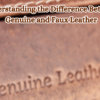Laser Engraving vs. Traditional Engraving: What’s the Difference?
Engraving has long been a cherished craft, offering businesses and individuals a means to personalize objects with precision and style. With the advent of technology, the debate between laser engraving and traditional engraving has taken center stage. Both methods have their unique advantages, and understanding these can help you choose the best option for your needs. Here’s a closer look at the differences and benefits of each.
Precision and Versatility
 Laser Engraving: Laser engraving utilizes highly focused laser beams to etch designs into various materials. One of its standout benefits is precision. The laser can produce intricate designs with exceptional clarity, allowing for detailed imagery and fine text. This technology is incredibly versatile, capable of engraving on a wide range of materials, including metal, wood, glass, and even leather. The precision and speed of laser engraving make it ideal for complex and large-scale projects, catering to industries like manufacturing, jewelry, and personalized gifts.
Laser Engraving: Laser engraving utilizes highly focused laser beams to etch designs into various materials. One of its standout benefits is precision. The laser can produce intricate designs with exceptional clarity, allowing for detailed imagery and fine text. This technology is incredibly versatile, capable of engraving on a wide range of materials, including metal, wood, glass, and even leather. The precision and speed of laser engraving make it ideal for complex and large-scale projects, catering to industries like manufacturing, jewelry, and personalized gifts.
Traditional Engraving: In contrast, traditional engraving, often performed by hand or with the aid of mechanical tools, offers a distinct tactile quality. This method provides an artisan touch that many find appealing. While it may not match the microscopic precision of lasers, traditional engraving excels in depth and durability. The tactile feel of a deeply engraved piece brings a sense of authenticity and craftsmanship, particularly valued in fine art and heirloom pieces.
Efficiency and Cost
Laser Engraving: When it comes to efficiency, laser engraving is unrivaled. The process is quick, often automated, and can replicate designs with consistent results. This efficiency translates into cost-effectiveness, especially for bulk orders. Once the design is set up in the software, it can be reproduced countless times with minimal variation, making it a go-to for businesses that require branding on products or mass personalization.
Traditional Engraving: While traditional engraving may require more time and skill, its value lies in the custom, bespoke experience it offers. Each piece, crafted meticulously, reflects the engraver’s artistry. The time and effort involved can elevate the perceived value of the product, making it a preferred choice for high-end goods and special occasions where uniqueness is paramount.
Application and Aesthetic
 Laser Engraving: The aesthetic options with laser engraving are vast, offering both subtle and bold imprints. It supports intricate designs that can be hard to achieve manually. The technology also allows for varying depths and textures, enabling a modern and sleek finish that appeals to contemporary tastes.
Laser Engraving: The aesthetic options with laser engraving are vast, offering both subtle and bold imprints. It supports intricate designs that can be hard to achieve manually. The technology also allows for varying depths and textures, enabling a modern and sleek finish that appeals to contemporary tastes.
Traditional Engraving: For those seeking a classic look, traditional engraving provides an unmatched charm. The handcrafted nature lends itself to a timeless aesthetic, often favored in wedding rings, trophies, and commemorative plaques. This method brings an element of personal touch that resonates with those who value tradition and history.
In conclusion, both laser and traditional engraving offer distinct benefits. Your choice should align with your specific needs, whether it’s precision and efficiency or artistic craftsmanship and individuality. Embrace the strengths of each, and select the method that best complements your vision.











